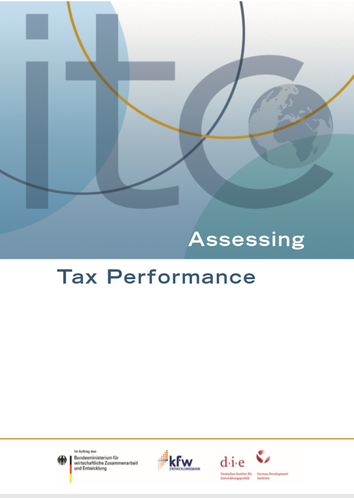
Assessing Tax Performance
This paper presents an approach to assess the performance of developing countries’ tax systems based on aggregated data and country-specific information.
February 2011
The tax performance assessment (TPA) introduced in this paper seeks to give a comparative overview of the tax performance of developing countries, based on aggregate data and country-specific information. This should put governments, donors and international organisations in a better position to decide on tax reform programmes and aid modalities. The analysis proceeds as follows:
- First, the TPA relates the 2007-08 tax ratio (tax revenue as a percentage of GDP) of a large number of countries to their GDP per capita. It establishes a trend (or regression) line and determines the distance of each country from this line. According to their relative position, countries are then grouped into three broad categories: average tax performers, high tax performers and low tax performers.
- Second, the exercise is repeated for two additional observation periods, 1997-99 and 2001-03 (roughly ten and five years from 2007-08), to identify countries changing categories over time.
- Third, we assume that governments with “easy” access to alternative sources of finance do not have a strong incentive to engage in cumbersome domestic tax collection. The TPA therefore looks at non-tax revenue in general and ODA grants in particular.
- Fourth, we analyse the governance of countries with a low tax performance in order to distinguish between those states that collect few taxes because societies want to have a low tax ratio and those cases where other aspects may be more important than the political will of the citizens.